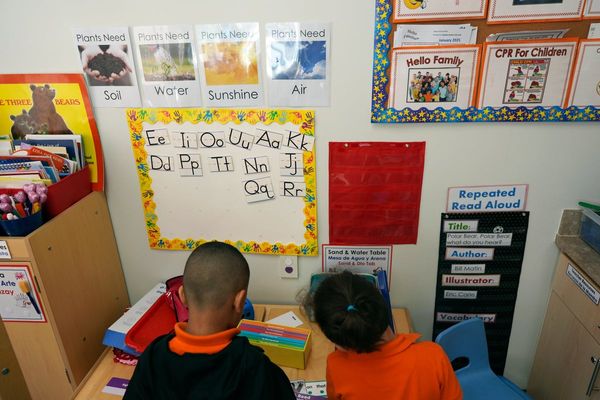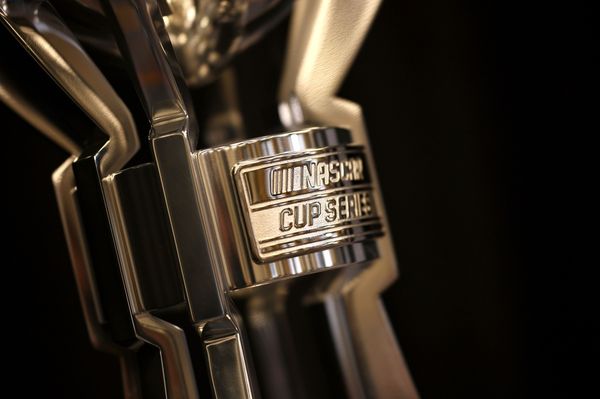EXPLAINER
The story so far: The Government last week banned the import of drones barring for R&D, defence and security purposes. This is the latest in a slew of measures the Government has taken to promote make in India drones. However, there are no restrictions on import of drone components as local manufacturers heavily rely on them to assemble their own drones.
What does the order say?
The Directorate General of Foreign Trade (DGFT) under the Ministry of Commerce and Industry issued an order on February 9 prohibiting with immediate effect the import of drones in Completely-Built-Up (CBU), Semi-knocked-down (SKD) or Completely-Knocked-down (CKD) forms. Import of drones by government entities, educational institutions recognised by Central or State governments, government recognised R&D entities and drone manufacturers for R&D purpose as well as for defence and security purposes will be allowed provided an import authorisation is obtained from the DGFT. The order also says that import of drone components is “free”, implying that no permission is needed from the DGFT allowing local manufacturers to import parts likes diodes, chips, motors, lithium ion batteries etc. Before this order, import of drones was “restricted” and needed prior clearance of the Directorate General of Civil Aviation (DGCA) and an import license from DGFT. However, smaller drones known as nano category drones that weighed less than 250 grams and flew below 50 feet or 15 meters needed an equipment type approval from the Department of Telecommunications for operating in de-licensed frequency band(s) and did not require an import clearance of the DGCA or an import license from the DGFT.
What other measures has the Government taken to promote indigenous drone manufacturing?
In August last year, the Government brought out liberalised Drone Rules, 2021 which reduced the number of forms to be filled to seek authorisation from 25 to five. They also dispensed with the need for a security clearance before any registration or issuance of licence.
Under these rules, R&D entities too have been provided blanket exemption from all kinds of permissions, and restrictions on foreign-owned companies registered in India have also been removed. The Government has also announced a production-linked incentive scheme for drones and drone components with the aim to make India a “global drone hub by 2030”. It has allocated ₹120 crore for a period of three years under which it will offer an incentive of 20% of the value addition made by a manufacturer of drones or drone components or drone related IT products.
Apart from giving a boost to local manufacturers through the scheme, the Government also hopes that foreign manufacturers will be encouraged to set up assembly lines in India.
How has the drone industry reacted to the import ban and what is likely to be the immediate impact of the announcement?
“The import ban gives us a chance to prove what we can do. It is a very good move by the Government to nurture and protect the industry,” says Dr Sarita Ahlawat, co-founder of Botlabs Dynamics which was behind the grand drone show for the ‘Beating Retreat’ ceremony during the Republic Day celebrations last month.
But how well the ban is implemented remains to be seen, she warns. But what difference will the ban make if local manufacturers rely heavily on foreign-made components. “Most drone manufacturers in India assemble imported components in India, and there is less of manufacturing. What the import ban will do is that it will ensure that an Indian manufacturer has the control of the IP, design and software which gives him or her a total understanding and control of the product. Over a period of time this can enable further indigenisation,” says Smit Shah, President, Drone Federation of India.
For its defence needs, India imports from Israel and the U.S.. Consumer drones such as those used for wedding photography come from China and drones for light shows also come from China apart from Russia.
Indian drone manufacturers and service providers arrange drones for a variety of use cases such as survey and mapping, security and surveillance, inspection, construction progress monitoring and drone delivery.
The ban is likely to hurt those who use drones for photography and videography for weddings and events as these primarily come from China because they are cheaper and easy-to-use and India still has a lot of catching up to do in manufacturing them.
The ban is likely to hurt those who use drones for photography and videography for weddings and events as these primarily come from China because they are cheaper and easy-to-use and India still has a lot of catching up to do in manufacturing them.







